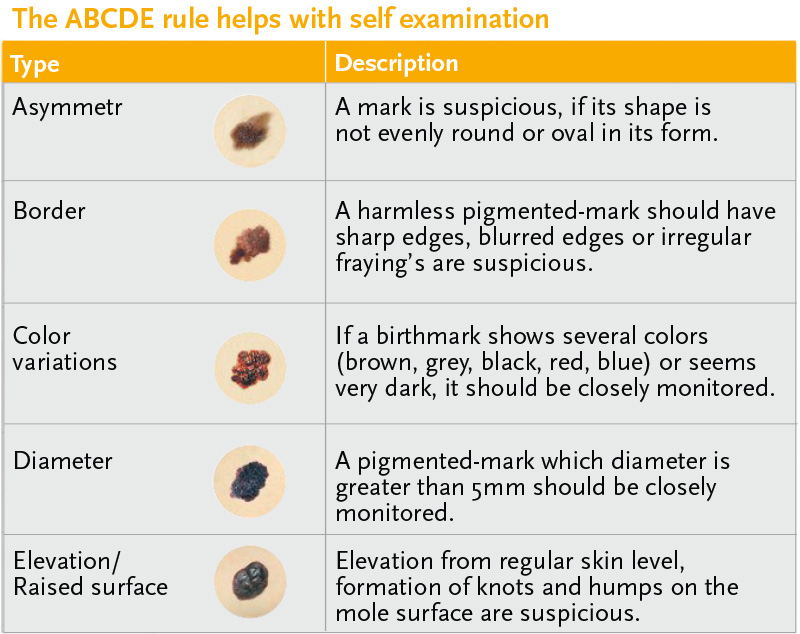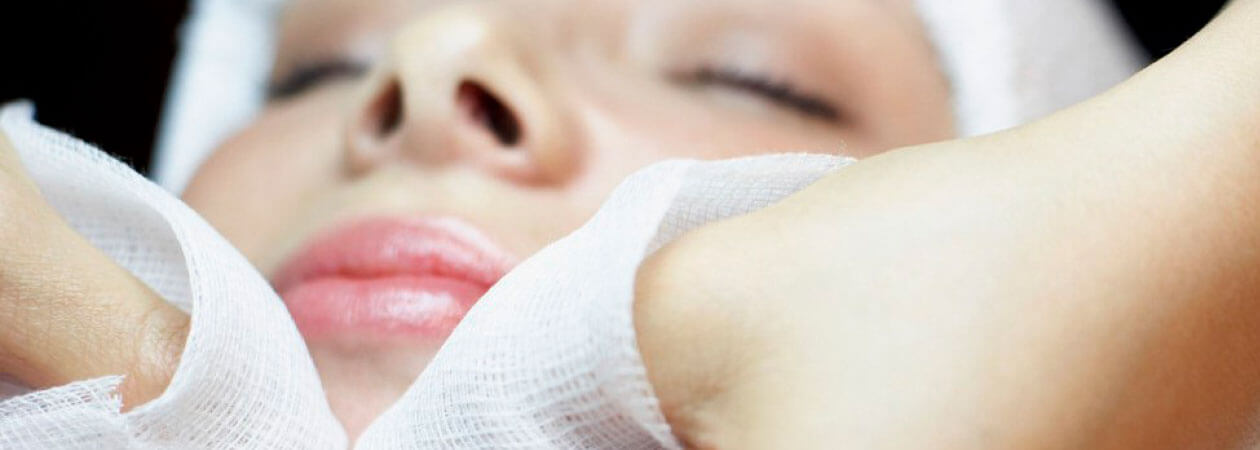Skin disorders on the face – what is could it be?
Disorders in the facial skin can vary. Some are simply a cosmetic problem, others signal that your skin may be ill.
Common skin manifestations or disorders in the short overview:
Fibromas are benign lesions. They are flat, skin-colored knots that could also hang down (dangle), those can be easily removed.
Atheroma (sebaceous cysts) are caused by a blockage of the excretory duct of a sebaceous gland. They are benign but annoying and could ignite an inflammation, removal is advised.
Warts are benign skin growths caused by a virus. They are flat, brownish or brown-black. They shine strongly and can be easily removed. In case of doubt, a tissue (histological) examination should be carried out, since the differentiation from skin cancer is not always clear.
Basal-cell carcinoma (BBC) The preferred locations are usually sun-exposed skin areas (nose, face, forehead, temples, ears). The tumor is referred to as semi-malignant because it damages the surrounding tissue like a malignant tumor, but extremely rarely spreads (only in 0.03%). BBC occurs mainly between the ages of 60 to 70. The BBC is the most common type of skin cancer, but are very easy to remove surgically.
Moles (birthmark) if you worry about a mark follow the ABCDE rule. This states that if two of the present criteria are met, the mark should be removed as a precautionary measure.
ABCDE rule:
- asymmetry: not round or oval
- Border: irregular, blurred edge towards normal tissue
- Color: pigmentation varies, multiple colors
- Diameter: grows rapidly and steadily, often larger than 5 mm in diameter
- elevation: newly grown on otherwise flat ground

The removal of suspicious lesions is medically reasonable and should be covered by your health insurance.
Those kinds of surgeries can be performed by our experienced specialist nowadays in most cases on an outpatient basis.

